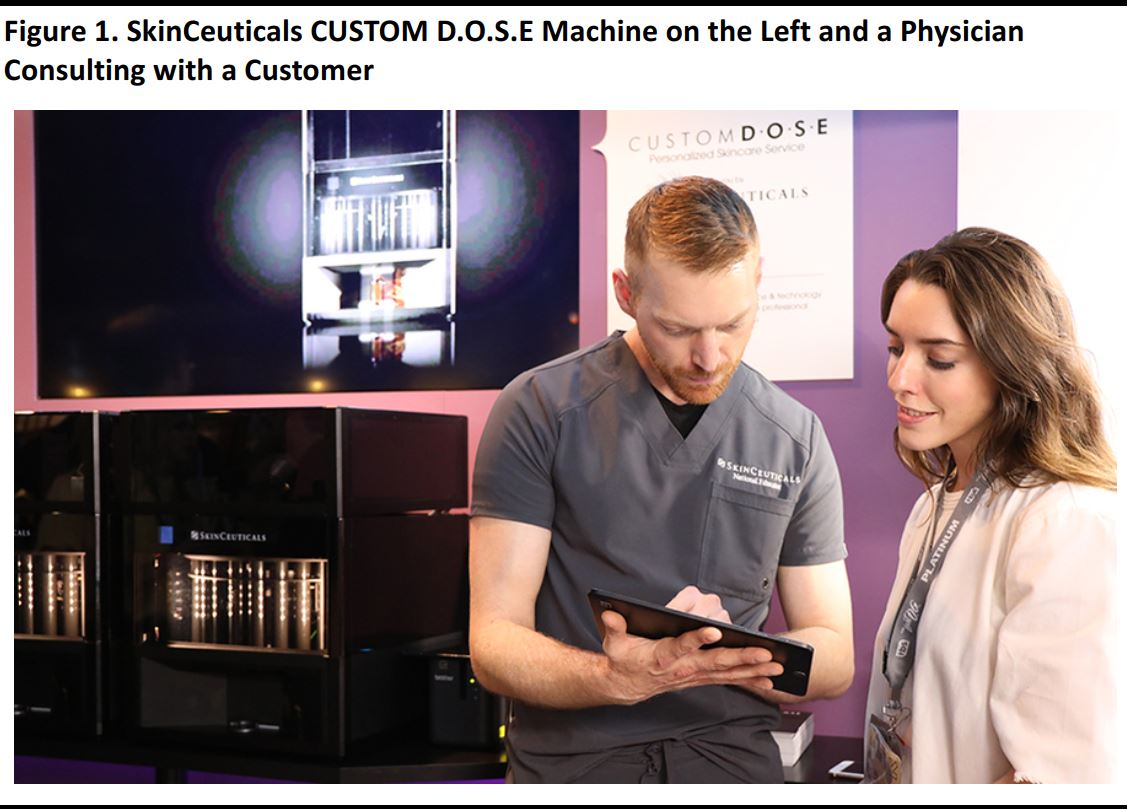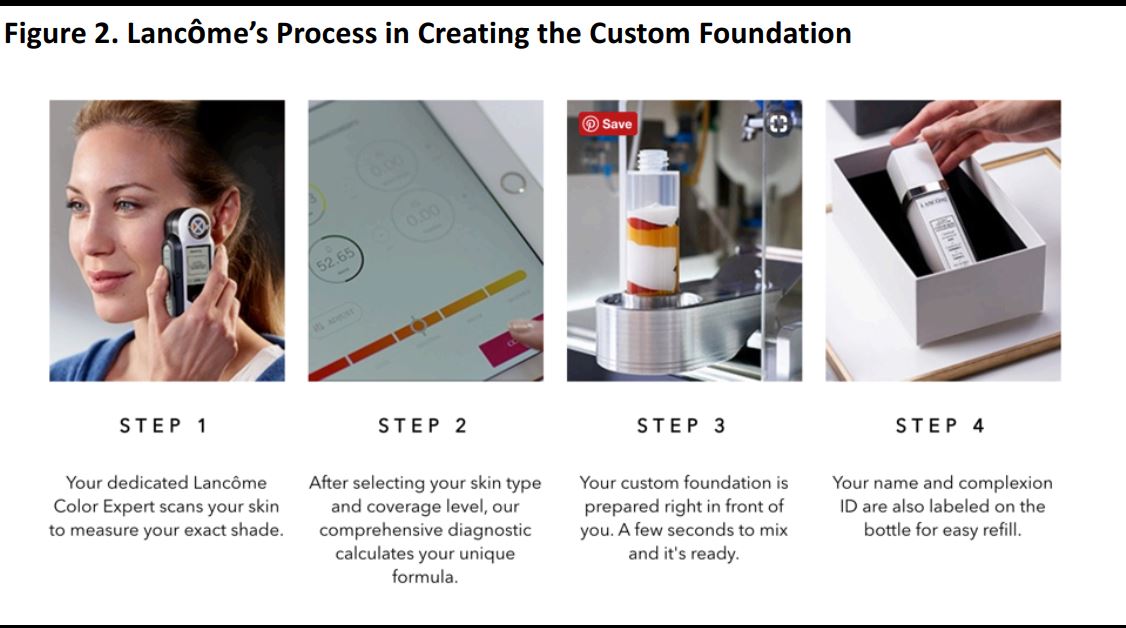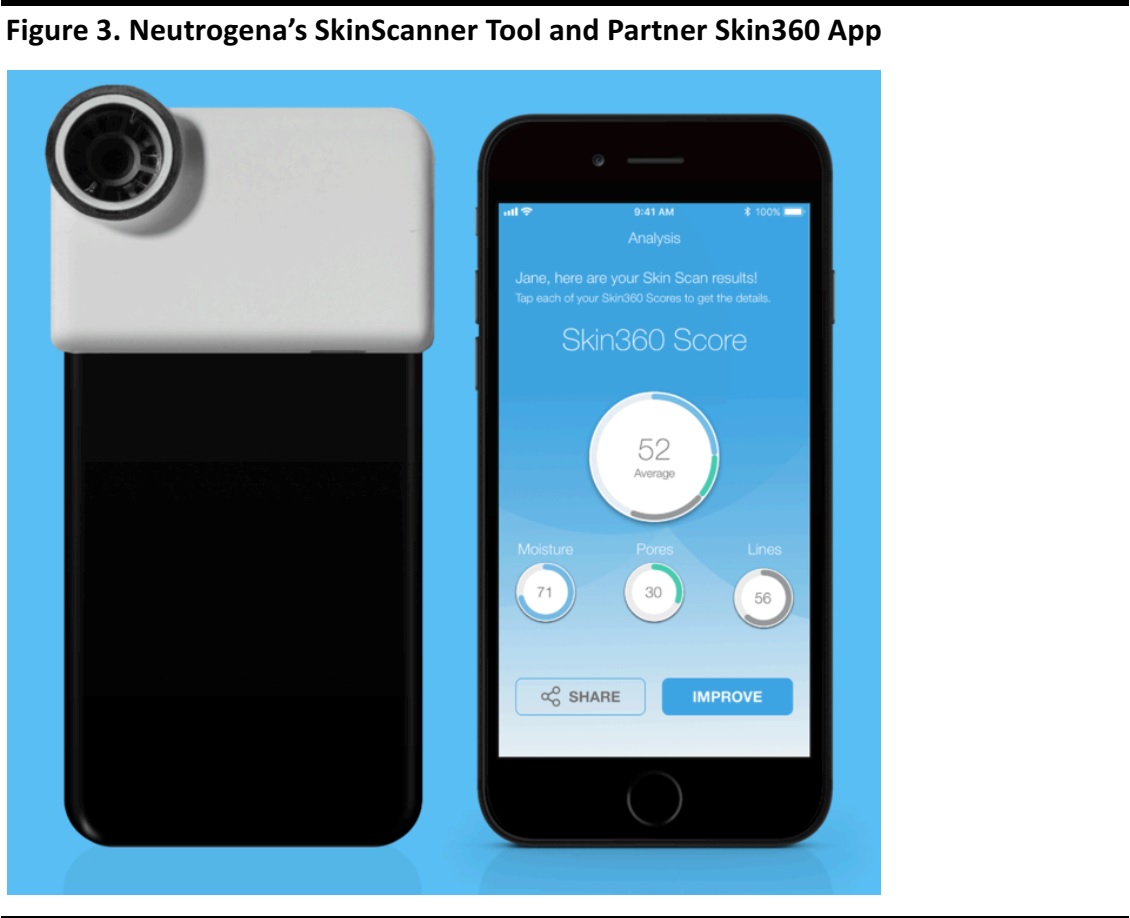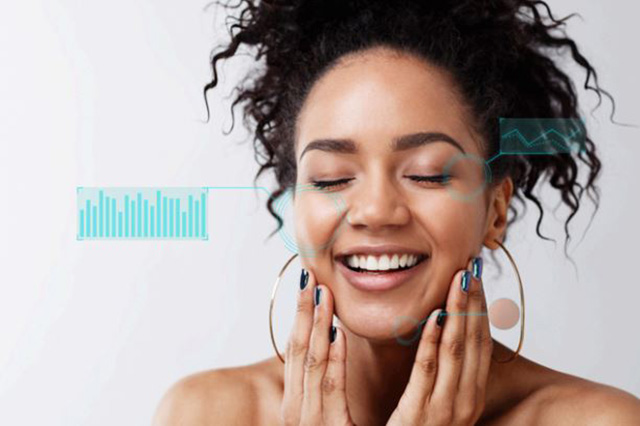Introduction
On March 16, L’Oréal announced that it is acquiring ModiFace,a Canadian company that creates augmented reality (AR) and artificial intelligence (AI) technologies for the beauty industry. ModiFace employs nearly 70 engineers, researchers and scientists who have submitted more than 200 scientific publications and registered over 30 patents.
In acquiring ModiFace, L’Oréal appears to be demonstrating its desire for beauty industry domination through its tech competency.
According to L’Oréal,ModiFace will be part of its“Digital Services Factory, a dedicated network to design and develop new digital services for the group’s brands.” This indicates that we could hear more from the beauty giant later this year as it consolidates its position as an industry leader.
In this quick take, we explore various technologies developed by L’Oréal’s technology incubator and showcased at music and lifestyle festival South by Southwest (SXSW), a few weeks ago in Austin, Texas. We also look at some of the other beauty brands that have launched new technologies as well as recent news in the beauty industry, highlighting efforts to consolidate share by brands and retailers.
L’Oréal—An Industry Leader in Beauty Tech
L’Oréal’s recent acquisition of 100% of Canadian beauty technology company ModiFace is indicative of the beauty giant’s ambitions to bolster its position as a beauty tech leader and innovator. ModiFace has already created several custom AR beauty apps, including those for LVMH-owned Sephora and Estée Lauder. However, with this recent acquisition,ModiFace has given L’Oréal complete ownership over its creations, raising the beauty brand’s competitive edge higher.
L’Oreal’s Chief Digital Officer Lubomira Rochet told Reuters that “With ModiFace we’ve acquired...the stock of inventions they’ve already created, but more than that, the ability to look at reinventing the beauty experience in the years to come.”
Apart from the addition of this new high-tech company to its arsenal of beauty tech, L’Oréal’s in-house incubator, The California Research Center, has developed notable cutting-edge technologies.
SkinCeuticals CUSTOM D.O.S.E
L’Oréal’s skincare brand SkinCeuticals will soon be launching a face serum that can be customized to a customer’s skin texture, at the point of sale. The product is called CUSTOM D.O.S.E (which stands for diagnostic optimization serum experience) and will be available at selected dermatologists’ offices in the US in summer 2018.
A customer first needs to consult with a SkinCeuticals physician who will ask a series of questions guided by the brand’s patented diagnostic tool. The physician enters the details into a tablet, reviews the formula recommended by the tool and makes adjustments if necessary. Once the formula is finalized, the tablet sends instructions to an industrial-grade compounder, which looks like a 3D printer. The compounder uses 2,000 algorithms to analyze the data, mix ingredients in the right concentrations and dispense the serum into a bottle. The bottle is labeled with the customer’s information and formula ID for easy refills.
SkinCeuticals says that each evaluation takes three to five minutes and the serum takes about five minutes to dispense. The serum should be used once or twice daily, based on the formulation or physician’s recommendation, and typically lasts three months.
 Source: Lorealusa.com
Source: Lorealusa.com
Lancôme: Le Teint Particulier
Lancôme, the luxury perfumes and cosmetics brand from L’Oréal’s luxury products division, first launched its “made to measure foundation” for the Le Teint Particulier range of foundations in the US in December 2015. However, it recently garnered much attention during this month’s SXSW festival in Austin Texas,where it was showcased alongside CUSTOM D.O.S.E.
The product is currently available at select Nordstrom locations in the US, where Lancôme associates assist shoppers that want the personalized foundation. The brand boasts of providing “the color, coverage and hydration level (you) want among 72,000 possibilities.”
A Lancôme associate first uses a color spectrometer—a machine that shoots light on to the shopper’s face and measures how much light bounces off. To get an accurate reading, the associate presses the machine against three areas of the customer’s face, then enters the results into a tablet that sends instructions to a machine.
The machine uses a proprietary algorithm to combine ingredients in the right proportions and dispenses the personalized foundation into a bottle which is labeled with the shopper’s name and shade number. The unique shade number allows shoppers to buy refills instantly without having to get their skin analyzed again.
 Source: Lancome-usa.com
Source: Lancome-usa.com
Other Beauty Brands with Tech Innovations
L’Oréal is not the only brand owner to innovate in the beauty tech space. Brands such as Neutrogena and Benefit have unveiled new tools as well, this year.
Neutrogena SkinScanner Tool and Skin360 App
Skincare brand Neutrogena is set to launch SkinScanner and Skin360, a device and partner app, this summer in the US. The SkinScanner costs around $50 and users need to attach it to their smartphone to use with the accompanying app.
The scanner is made with 12 high-powered LED lights, a 30x magnification lens and skin sensors to measure pores, wrinkles, fine lines and moisture. Users need to touch the scanner to their face, so that it can “capture the size and appearance of pores, the size and depth of fine lines and wrinkles, and determine the skin’s moisture levels.”
The Skin360 app analyzes these readings and provides a Skin360 score. Users are encouraged to tap the “Improve” button in the app to see ways in which they can see improved scores in the future by using recommended Neutrogena products. The app then directs users to the Neutrogena website to shop for the recommended products.
 Source: Neutrogena.com
Source: Neutrogena.com
Benefit’s Brow Try-On Tool
LVMH subsidiary and beauty brand Benefit has unveiled a digital experience called “Brow Try-On,” which can be used from a desktop browser on the brand’s website as well as through its app. As the name suggests, users can virtually try on different brow shapes to find their desired look. Users can either take a photo, upload a photo, choose from a set of model photos or use the camera to project a live image on the screen. The feature allows users to choose variations in terms of arch, shade, thickness, definition and placement. Once the user settles on a look, the “get this brow” tab presents a list of recommended products to achieve the look.
 Source: Benefitcosmetics.com
Source: Benefitcosmetics.com
What We Think
This may be the year that beauty technology comes of age, with several brands unveiling new and innovative technologies that take beauty personalization to a whole new level. AR tools allowing users to virtually “try on” makeup almost seem passé, as the use of AI to churn out and bottle personalized foundations and serums takes center stage.


 Source: Lorealusa.com
Source: Lorealusa.com Source: Lancome-usa.com
Source: Lancome-usa.com Source: Neutrogena.com
Source: Neutrogena.com Source: Benefitcosmetics.com
Source: Benefitcosmetics.com